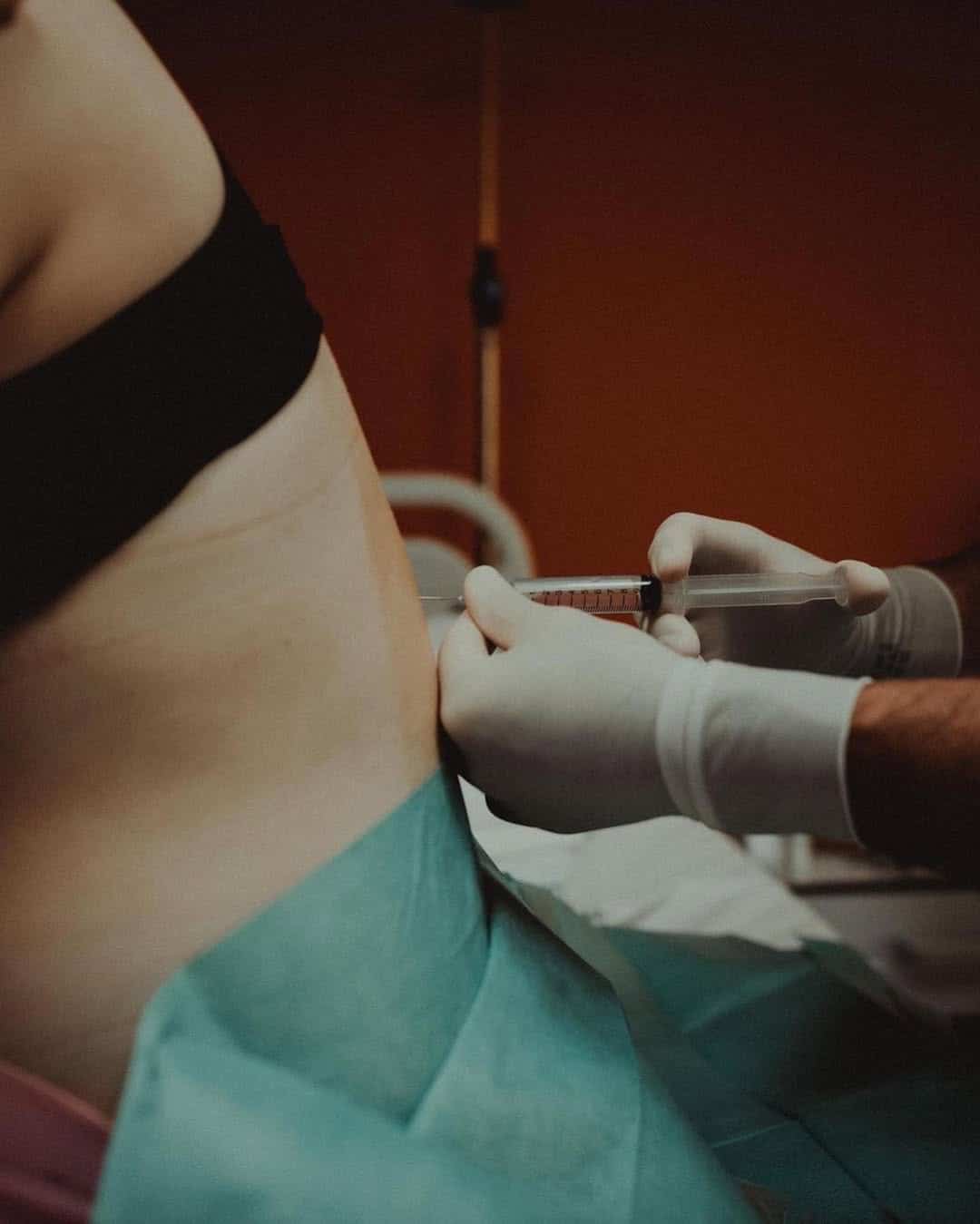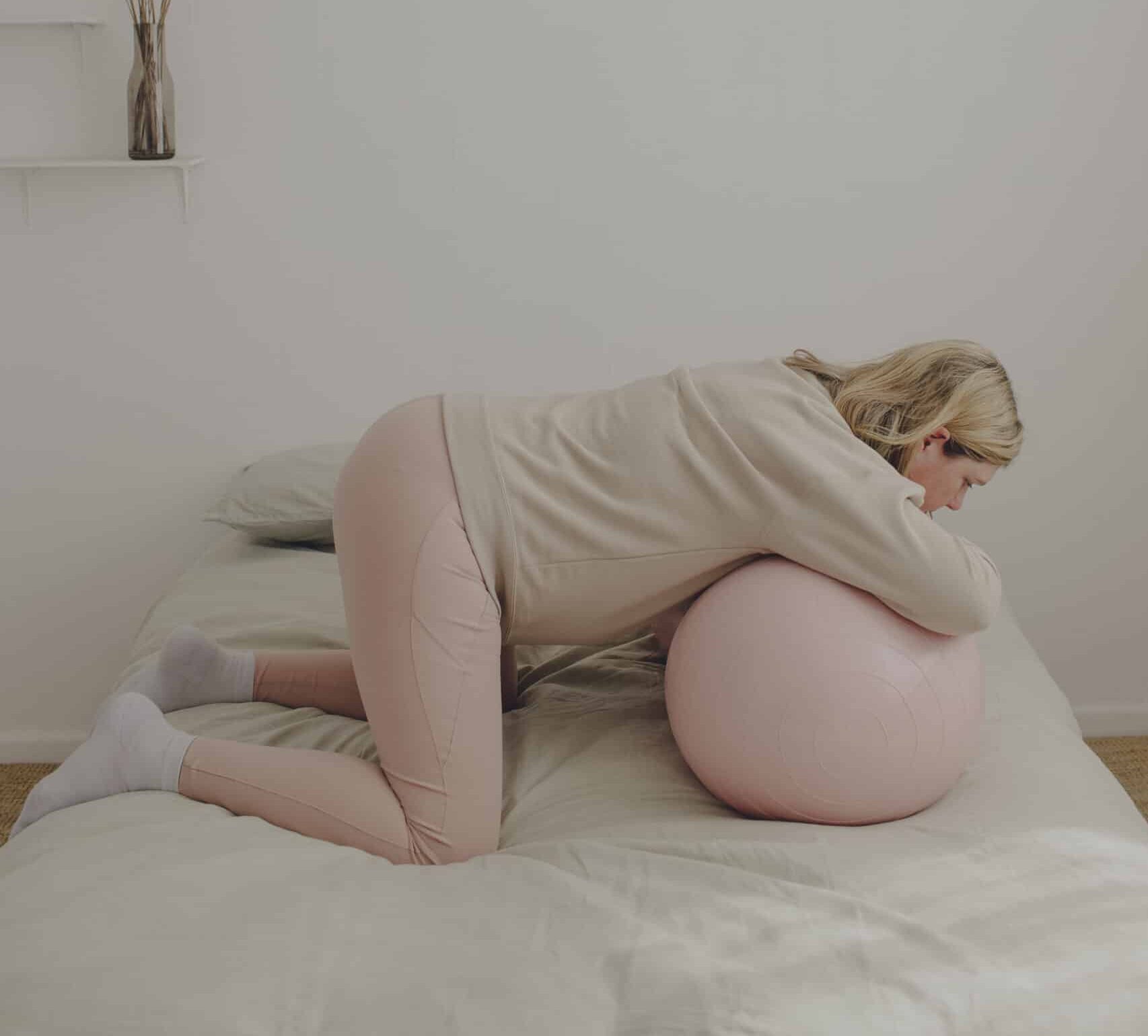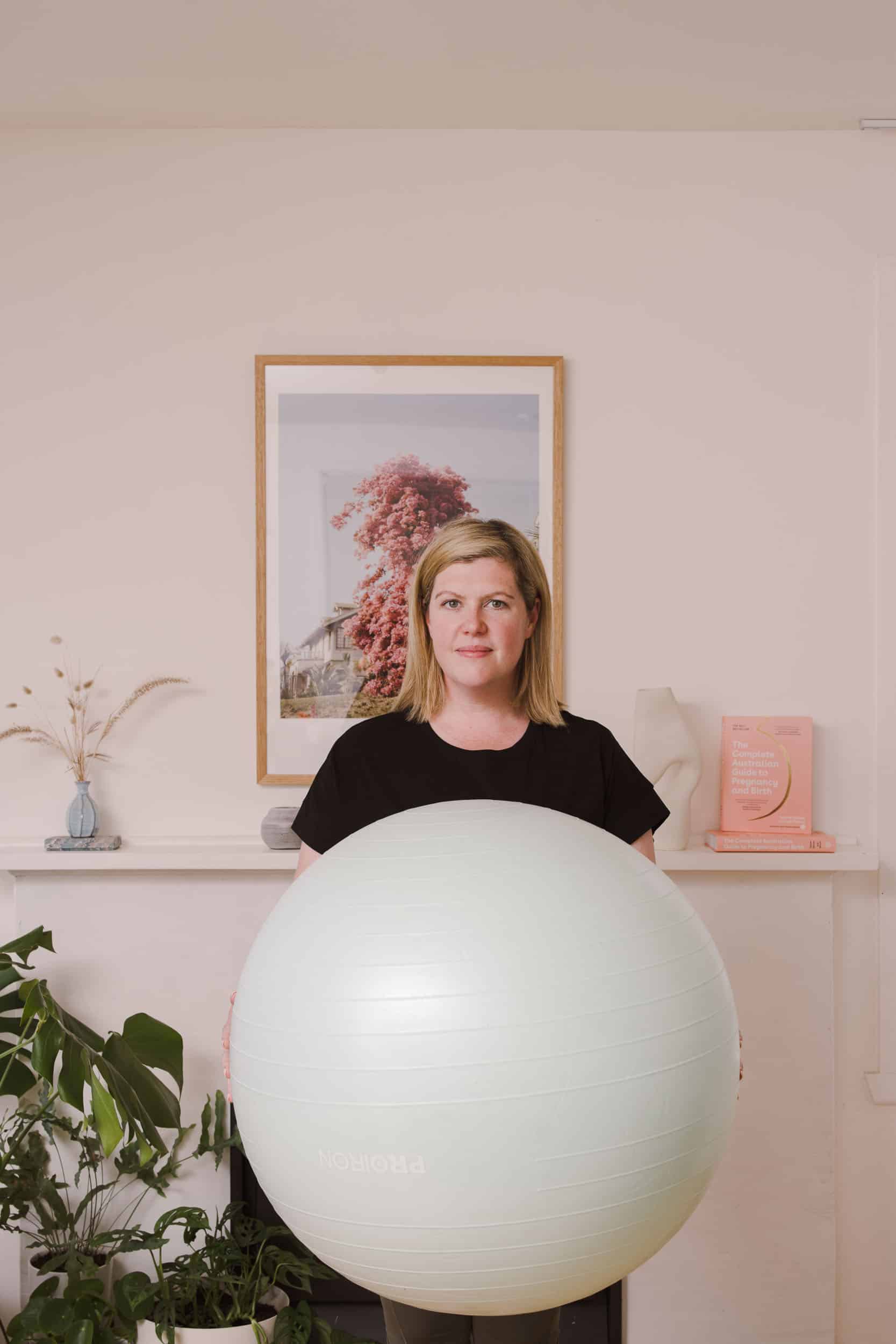Birth What is Shoulder Dystocia?
What is Shoulder Dystocia?

Shoulder dystocia occurs in a vaginal birth when the baby’s shoulder is stuck behind the mother’s pelvic bone but the head has already been birthed. It’s considered an emergency but your care provider will be trained in navigating the complication to ensure your baby is born promptly and safely.
It’s really important to reiterate that shoulder dystocia is unpredictable and unavoidable. In fact, it shouldn’t be something you need to be aware of or educated on; it’s a birth complication that obstetricians and midwives have the skills and training to resolve (while supporting you through it).
What happens when there is shoulder dystocia during birth?
Shoulder dystocia occurs when the baby’s shoulder is stuck behind either the pubic bone (the bone behind your pubic hair) or the sacrum (the bone at the back of your pelvis, above your tailbone).
If your care provider recognises shoulder dystocia during the second stage of labour (the pushing stage), they will likely encourage you to do a specific maneuver to free your baby’s shoulder. This is known as the McRoberts maneuver. Studies show that it resolves up to 42% of shoulder dystocias without additional obstetric management techniques. This requires the birthing mother to be on her back, with her knees pulled up towards her chest which creates more space in the pubis.
Suprapubic pressure is sometimes used in conjunction with McRoberts and involves an obstetrician or midwife using their palm or fist to press down on your abdomen just above your public bone. The pressure is applied downward and helps dislodge the stuck shoulder.
What causes shoulder dystocia?
There are a number of factors that can increase the likelihood of shoulder dystocia, including:
- ‘Big babies’ but of course, there is no predicting the exact size of your baby or whether their shoulder will get stuck
- Previous shoulder dystocia
- Posterior positioning (where your baby’s spine is against your spine)
- Gestational diabetes
- Maternal obesity
However, shoulder dystocia is unpredictable; you could have all of the above risk factors and you can birth your baby with ease.
What actions are taken if shoulder dystocia happens?
If your care provider observes that your baby is stuck, they will calmly talk you through the process required to ensure your baby is born safely. In this instance, your midwife or obstetrician may press the emergency button so a team of specialists are on hand to assist if required. If you’re not already on your back, you can expect your midwives to swiftly move you into this position where they’ll encourage you to draw your knees up towards your chest. Throughout this process, they’ll encourage you to keep breathing and will offer you reassuring guidance every step of the way.
Other emergency treatments
If your baby is stuck and obstetric manoeuvres don’t assist with moving your baby down the birth canal, your obstetrician may break your baby’s collarbone to ensure they can be born quickly. This may require an episiotomy (a cut to the perineum). In rare cases, a category 1 emergency caesarean will be required if your baby’s shoulder cannot be freed from behind the pelvic bone.
What are the possible complications of shoulder dystocia?
If not resolved quickly, shoulder dystocia can lead to injuries for your baby, such as clavicle/collarbone fracture or nerve damage in the arm. In very severe cases, it can lead to asphyxia or neurological damage.
For the mother, shoulder dystocia can lead to an increased risk of vaginal and perineal tearing, postpartum haemorrhage and birth trauma.
What happens after birth?
Once your baby is born, a paediatrician will check your baby’s wellbeing. Depending on hospital policy, you will likely be required to stay in hospital for 24-48 hours for monitoring to ensure you and your baby are well, especially if your baby has been deprived of oxygen. In this instance, they may be required to spend time in the neonatal intensive care unit (NICU).
Categories
Related Products
-
Birth Meditations
$49.00Narrated by Sophie Walker, these soothing and informative meditations help you feel supported and confident around birth.
Get your copy of our Perineal Massage Guide in your inbox
Keep Reading
We think you might enjoy these articles
@AustralianBirthStories
Follow along with us
@AustralianBirthStories
Follow along with us
@AustralianBirthStories
Follow along with us
@AustralianBirthStories
Follow along with us
@AustralianBirthStories
Follow along with us
@AustralianBirthStories
Follow along with us
@AustralianBirthStories
Follow along with us
@AustralianBirthStories
Follow along with us
@AustralianBirthStories
Follow along with us
@AustralianBirthStories
Follow along with us
@AustralianBirthStories
Follow along with us
@AustralianBirthStories
Follow along with us







